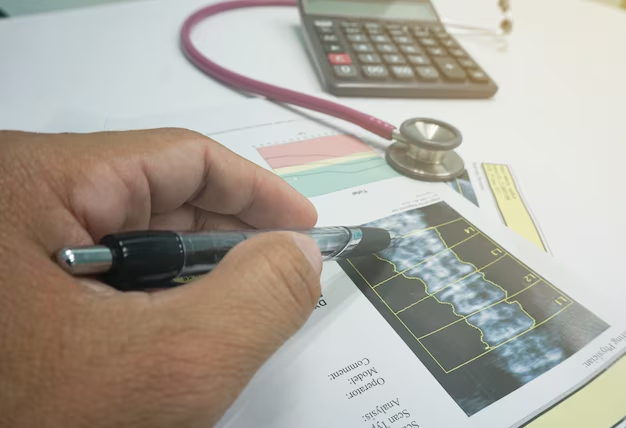Understanding How Parkinson's Disease is Diagnosed: What You Need to Know
Parkinson's disease, a progressive disorder of the nervous system, significantly affects movement and can alter the quality of life for those diagnosed with it. As awareness of the disease grows, many are left wondering, "How is Parkinson's accurately diagnosed?" Understanding this process is essential for early intervention and management.
Recognizing the Symptoms
The initial step in diagnosing Parkinson's involves recognizing its symptoms. Often, the earliest signs are mild and can go unnoticed. Common symptoms include:
- Tremors: Shaking, usually starting in a limb, often the hands or fingers.
- Bradykinesia: Slowed movement that may make simple tasks difficult and time-consuming.
- Muscle rigidity: Stiffness in any part of the body.
- Impaired posture and balance: Stooped posture or balance problems.
- Loss of automatic movements: Decreased ability to perform unconscious actions like blinking or smiling.
- Speech changes: Speaking softly, quickly, or hesitating before talking.
People experiencing these symptoms should consult a healthcare provider for further evaluation.
The Diagnostic Process
Diagnosing Parkinson's is largely clinical and involves a detailed medical history and neurological examination. There’s no specific test for Parkinson’s; however, certain assessments help in ruling out other conditions and confirming the diagnosis:
- Medical History and Examination: A comprehensive check of past medical issues, medication history, and family history of Parkinson’s or similar conditions.
- Neurological Exam: Assessment of coordination, gait, muscle tone, and reflexes.
- Imaging Tests: Although not definitive for diagnosing Parkinson's, brain imaging tests like MRI or DaTscan might be used to rule out other disorders.
A neurologist, preferably one specializing in movement disorders, is the best choice for making a definitive diagnosis.
Importance of Early Diagnosis
Early diagnosis of Parkinson’s is critical for managing symptoms and improving quality of life. While there's no cure yet, medications can effectively control symptoms. Additionally, physical therapy, lifestyle changes, and support groups contribute to better disease management.
Financial and Educational Resources
Understanding a Parkinson’s diagnosis inevitably leads to concerns about long-term care costs and financial stability. Fortunately, various support programs offer assistance.
📑 Government Aid Programs:
- Social Security Disability Insurance (SSDI) and Supplemental Security Income (SSI) provide financial support for those unable to work due to their condition.
- Medicare and Medicaid help cover healthcare-related expenses.
💸 Financial Assistance:
- Parkinson’s Disease Foundation and other organizations offer grants and financial aid for treatment and medication costs.
- Nonprofit organizations dedicated to Parkinson’s provide respite care and travel grants for medical appointments.
🎓 Educational Resources:
- Certain agencies offer vocational rehabilitation services to help maintain employment or find new job opportunities suitable for individuals with Parkinson’s.
- Educational scholarships might be available for children of individuals affected by Parkinson’s, aiming to alleviate the financial burden of education costs.
Key Resources and Programs at a Glance
- 💰 Social Security Benefits:
- SSDI and SSI for income support
- 🏥 Healthcare Support:
- Medicare and Medicaid for medical expenses
- 🎗️ Parkinson’s Organizations:
- Financial aid and educational support
- 🎓 Vocational Rehabilitation:
- Support for employment maintenance and training
With a variety of resources available, those diagnosed with Parkinson's and their families can seek the necessary assistance and support to manage this complex journey. Understanding and utilizing these programs can significantly empower and alleviate the financial burden during the management of Parkinson’s disease.

Related Topics
- Are There Environmental Causes Of Parkinsons
- Can Alcohol Cause Parkinson's
- Can Concussions Cause Parkinson's
- Can Concussions Cause Parkinson's Disease
- Can Dogs Get Parkinson's Disease
- Can Dogs Get Parkinsons
- Can Dogs Have Parkinson's
- Can Dogs Have Parkinson's Disease
- Can Females Get Parkinson Disease
- Can Head Trauma Cause Parkinson's